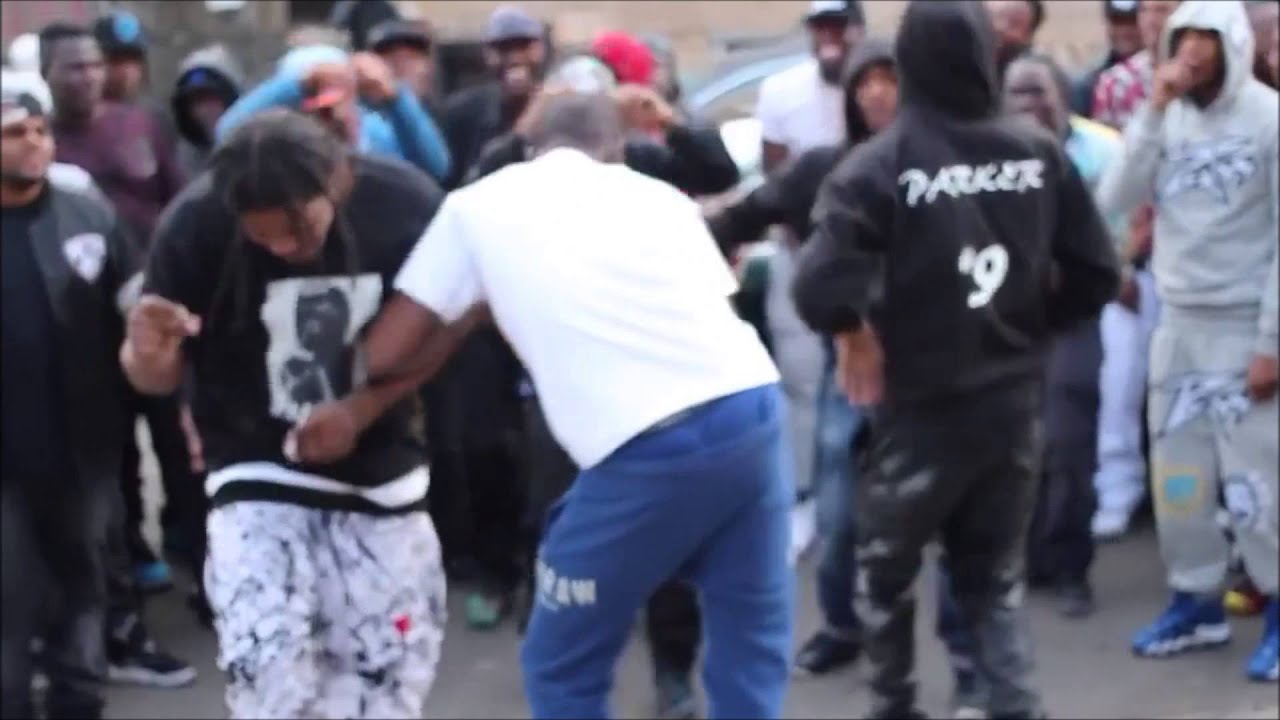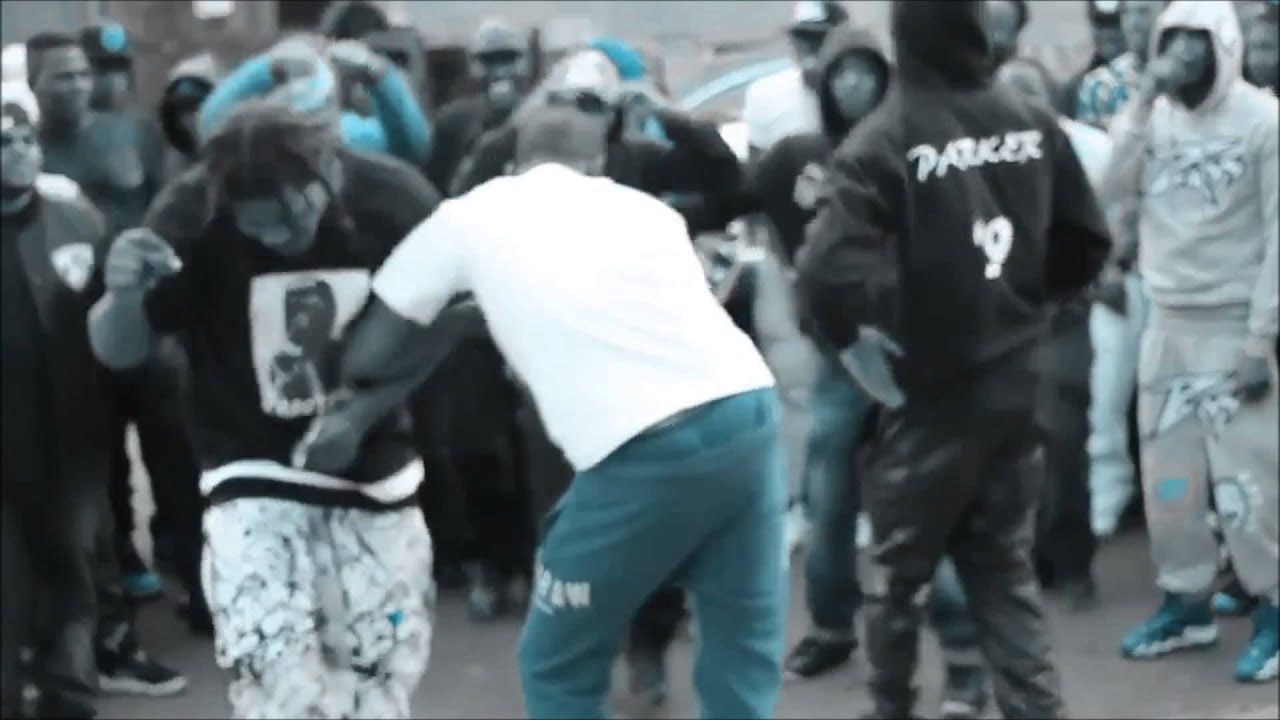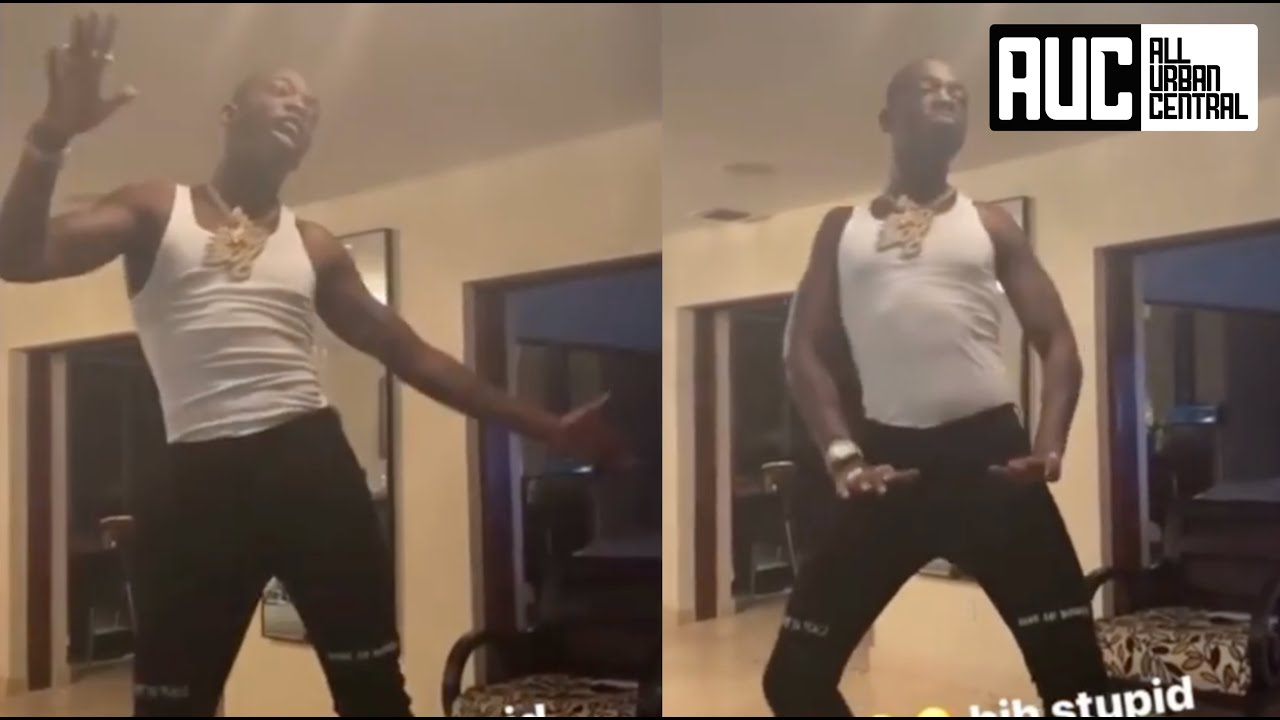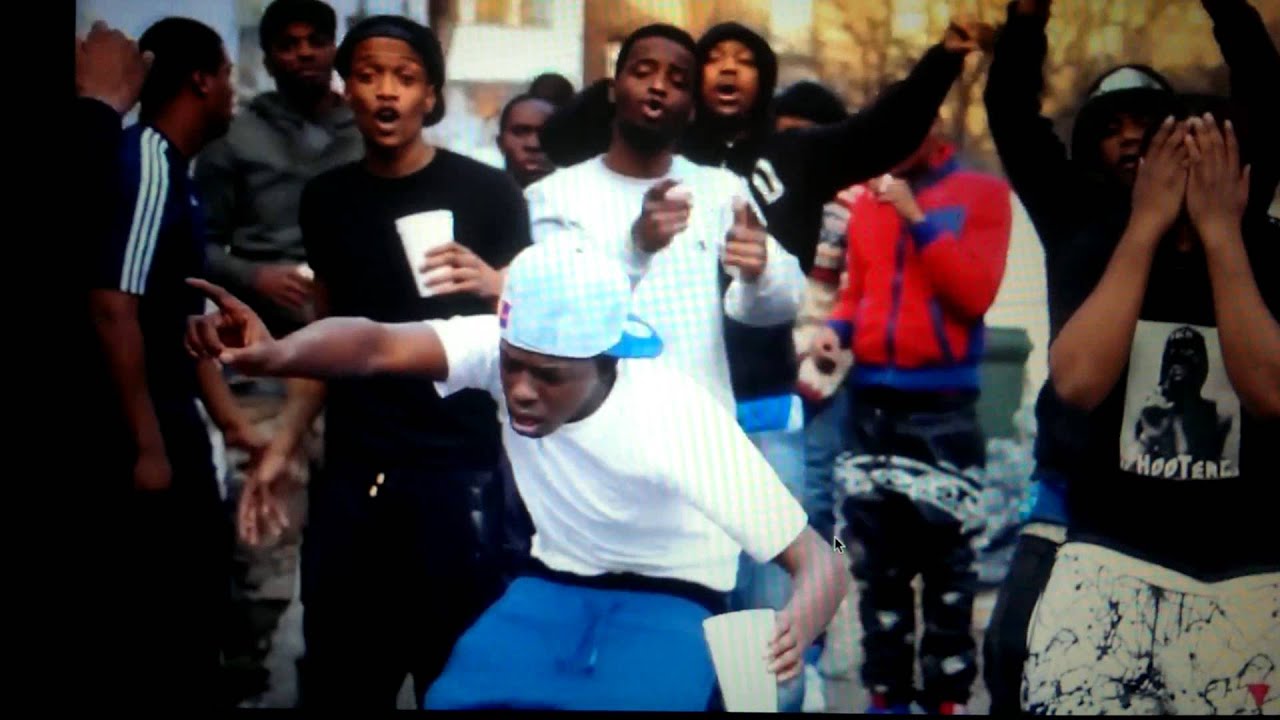Are you familiar with the Shmurda dance? This popular dance move gained popularity in the early 2010s and has been seen in music videos, on social media, and even in live performances. But where did it come from? In this blog post, we’ll explore the origins of the Shmurda dance, as well as other iconic hip hop dance styles like krumping, jerking, and the Crip Walk. From the oldest styles of hip hop dance to the latest trends in rap culture, we’ve got you covered. So, let’s dive in and discover the fascinating history of hip hop dance!

The Origins of the Viral Shmurda Dance
The Shmurda dance, also known as the Shmoney dance, gained immense popularity in the early 2010s. The dance was first introduced in a music video by Rowdy Rebbel called “Shmoney Dance,” which featured Bobby Shmurda. The video was released in February, but it wasn’t until the accompanying Shmoney Dance Vine video that the dance truly took off. The Vine video led to a wave of parodies and helped the dance become a viral sensation.
The Shmurda dance is characterized by a series of moves that look like a combination of a two-step and a shoulder shrug. The dance is often performed to the Bobby Shmurda song “Hot N***a,” which features the lyrics “And we gon’ Shmoney Dance, and show our teeth.” The dance has since become synonymous with the song and is often referred to as the “Hot N***a dance.”
The origins of the Shmurda dance are unclear, but it is believed to have been inspired by a variety of dances, including the Harlem Shake and the Chicken Noodle Soup. The dance has become an iconic part of hip-hop culture and has been performed by celebrities, athletes, and fans alike. It’s impressive to see how a simple dance move shown in a music video can become a global phenomenon in a matter of days.
>> Must read Who are the dancers at the end of WAP?
Uncovering the Origins of Krump Dancing.
Krumping is a relatively new street dance style that originated in South Central, Los Angeles in the early 2000s. The dance form was created by two dancers, Ceasare “Tight Eyez” Willis and Jo’Artis “Big Mijo” Ratti, who wanted to express their frustrations and emotions through dance. This high-energy dance form is characterized by its fast-paced movements, athleticism, and aggressive style.
Krumping has its roots in clowning, which is a less aggressive dance form that was created in 1992 by Thomas “Tommy the Clown” Johnson in Compton, California. Clowning involves exaggerated movements that are intended to be humorous and entertaining. However, krumping takes clowning to the next level by incorporating more aggressive and intense movements.
Krumping was initially popularized in underground dance circles in Los Angeles but quickly gained popularity across the United States and around the world. Today, krumping has become an established dance form with its own set of techniques, styles, and competitions.
Overall, krumping is a dance form that has its roots in the African American community and has been used as a way to express emotions and frustrations through dance. Its popularity has continued to grow over the years, and it has become a significant part of the hip hop dance culture.
Trending now – What rap songs are trending on Tiktok?
Discovering the Origins of the Jerk Dance in the 2000s.
The Jerk dance, which is also known as Jerkin, emerged in the early 2000s from the suburbs of Los Angeles. It gained popularity around 2008, and since then, it has become a significant cultural phenomenon. Before Jerkin, other dance styles like Clowning and Krumping were prevalent in the same areas.
Clowning and Krumping were two of the most popular dance styles that preceded Jerkin. Clowning was a dance style that originated in the 1990s in the inner cities of Los Angeles. It involved exaggerated movements and facial expressions, and it was typically performed in groups. Krumping, on the other hand, was a more aggressive and athletic dance style that emerged in the early 2000s.
It is interesting to note that Jerkin, Clowning, and Krumping all share some similarities in terms of their origins and the communities where they emerged. They all originated in the urban areas of Los Angeles and were primarily practiced by African American youth. This fact has led some to argue that Krumping and other similar dance styles are inherently African American.
Overall, while Jerkin is a relatively new dance style, it has had a significant impact on popular culture. Its origins in the suburbs of Los Angeles and its connection to other dance styles like Clowning and Krumping make it an essential part of the larger Hip Hop culture.

Krumping: A Dance Style with African American Roots?
Krumping is a dance style that originated in the African American community of South Central Los Angeles in the early 2000s. The dance form is characterized by its energetic and aggressive movements that are often performed in response to the social and economic challenges faced by the community. Over time, krumping has gained popularity worldwide and has become a symbol of African American culture and resistance.
Interestingly, krumping has recently made its way back to its ancestral roots in Liberia, West Africa. The dance style has been embraced by young people in the country, who see it as a way to express themselves and connect with their African American roots. This cultural exchange highlights the power of dance to transcend borders and bring people together.
It is important to note that while krumping has its roots in the African American community, it is a dance form that is open to people of all races and backgrounds. Krumping is a celebration of individuality and self-expression, and its global popularity is a testament to its ability to transcend cultural boundaries.
The fact that krumping has come full circle, from its origins in South Central Los Angeles to its current popularity in Liberia, is a reminder that culture is not static. Rather, it is a dynamic and ever-evolving force that is shaped by the movements and migrations of people across the globe.
Uncovering the Roots: Exploring the Origins of Hip Hop’s Oldest Dance Style

Breaking or b-boying is the oldest dance style of Hip Hop. It originated in the South Bronx, New York City, during the early 1970s. Breaking is a street dance style that includes a combination of acrobatics, gymnastics, and dance moves. This dance style was created by African American and Puerto Rican youth who were looking for a way to express themselves through dance.
Breaking was originally danced to funk and soul music, but as Hip Hop music became more popular, DJs started mixing beats specifically for breaking. The dance style quickly spread throughout the world and became a prominent element of Hip Hop culture.
Breaking has several elements, including toprock, downrock, power moves, and freezes. Toprock involves dancing while standing up and includes footwork and arm movements. Downrock is performed on the floor and includes spins, kicks, and other floor-based movements. Power moves involve acrobatic movements like spins and flips, while freezes are static poses held by the dancer.
Breaking is more than just a dance style, it is a culture with its own language, music, and fashion. Its origins in the Bronx make it an important part of Hip Hop history, and its influence can be seen in other Hip Hop dance styles like popping and locking. Breaking is still popular today, with competitions and battles held around the world.
The Originator of Krumping: A Brief History of the Dance Style
Krumping is a relatively new dance style that originated in South Central, Los Angeles, during the early 2000s. The credit for inventing this energetic and aggressive dance style goes to two dancers, Ceasare “Tight Eyez” Willis and Jo’Artis “Big Mijo” Ratti. Krumping is an offshoot of Clowning, a dance style that was created by Thomas “Tommy the Clown” Johnson in Compton, California, in 1992.
While Clowning was less aggressive and more comical in nature, krumping took it to a whole new level with its intense, high-energy movements. Krumping involves exaggerated arm and leg movements, quick footwork, and a lot of improvisation. The dance style has become increasingly popular over the years and is now recognized as one of the most dynamic and exciting forms of hip-hop dance.
The inventors of krumping, Ceasare “Tight Eyez” Willis and Jo’Artis “Big Mijo” Ratti, were both members of Tommy the Clown’s dance crew, and they began developing the dance style as a way to express their emotions and frustrations. Krumping quickly gained popularity in the underground dance scene in Los Angeles and has since spread to other parts of the world.
In conclusion, Krumping was invented by Ceasare “Tight Eyez” Willis and Jo’Artis “Big Mijo” Ratti in South Central, Los Angeles, during the early 2000s. The dance style evolved from Clowning, which was created by Thomas “Tommy the Clown” Johnson in Compton, California, in 1992. Krumping is known for its aggressive movements and high-energy improvisation, and it has become a popular form of hip-hop dance around the world.
Discovering the Woo Walk: A Journey of Self-Discovery and Spiritual Awakening.
The Woo Walk is a popular dance move that has taken the internet by storm. It originated from the drill music scene in Brooklyn, New York, and has become a viral sensation on social media. The dance is characterized by its distinct leg movements and a variety of hand gestures, from gang signs to holding up sagging pants between the legs while dancing. Interestingly, the dance move is similar to the way an indigenous Kete dancer holds the hem of their cloth when doing legwork, which suggests a possible influence from African traditional dances.
The Woo Walk has gained widespread popularity, especially among young people, due to its association with the Brooklyn-based rapper, Pop Smoke. He popularized the dance in his music videos, and it quickly became a signature move for him and his fans. The Woo Walk has become a cultural phenomenon and is now a part of the lexicon of modern hip-hop dance.
The Woo Walk has even spawned its own variations, with dancers putting their unique spin on the moves. Additionally, the dance has been incorporated into several other popular dance styles, including krumping and jerking. The Woo Walk is a testament to the creativity and innovation of the hip-hop dance scene, and its popularity shows no signs of slowing down.
Overall, the Woo Walk is a fascinating dance move that has captured the attention of millions of people worldwide. Its unique leg and hand movements, as well as its association with Pop Smoke and the Brooklyn drill music scene, have made it a cultural touchstone for modern hip-hop dance. The Woo Walk is just one example of the endless creativity and innovation that defines the world of hip-hop dance.
Exploring the Popular Dance Moves of Rappers.
The rapper dance is a traditional English folk dance that has been around for centuries. Its origins can be traced back to the coal-mining villages of Northumberland and Durham. The dance is performed by five people who form a chain by holding onto short, two-handled, flexible swords known as rappers. The dancers move in a fast-paced and intricate pattern as they weave the swords around each other, creating an impressive display of coordination and skill.
The rapper dance has been a part of English culture for generations, and it has evolved over time. Today, the dance is still performed in many parts of England, and it has also gained popularity in other parts of the world. In recent years, the rapper dance has been incorporated into hip hop culture and has become known as the “rapper dance.”
The rapper dance is a unique and impressive dance style that requires a great deal of practice and skill to master. It is a testament to the rich cultural heritage of England and the enduring power of traditional dance forms. Whether performed in a small village in Northumberland or in a trendy hip hop club in New York City, the rapper dance remains a captivating and unforgettable sight to behold.
The Originator of the Woo: Uncovering Its Creator.
The Woo is a popular dance move that has taken the world by storm. It was popularized by the late rapper Pop Smoke, whose real name was Bashar Jackson. However, he did not create the dance alone. The song “The Woo” was actually a collaboration between several artists including 50 Cent, Roddy Ricch, 808Melo, Rxcksta, and JW Lucas. 50 Cent, whose real name is Curtis Jackson, is a legendary rapper who has been in the industry for over two decades. Roddy Ricch, born Rodrick Moore, is a Grammy-nominated artist who has worked with some of the biggest names in the industry.
808Melo, whose real name is Andre Loblack, is the producer behind the track “The Woo”. He is a rising star in the music industry and has worked with many notable artists. Rxcksta, whose real name is Adam Hashim, is a producer and engineer who has worked on several tracks with Pop Smoke. JW Lucas, whose real name is John Lucas, is another producer who has worked extensively with Pop Smoke.
Together, these artists came together to create the hit song “The Woo”, which features the signature dance move. The Woo dance is a combination of bopping and footwork and has become a favorite among fans of hip hop and rap music. The dance has become so popular that it has inspired countless viral videos on social media platforms like TikTok and Instagram.
In conclusion, the Woo dance was popularized by Pop Smoke, but it was a collaborative effort between several artists including 50 Cent, Roddy Ricch, 808Melo, Rxcksta, and JW Lucas. The dance has become a cultural phenomenon and has taken the world by storm. It is a testament to the power of hip hop and the influence it has on popular culture.
Exploring the Concept of the Crip Walk: Fact or Myth?
The Crip Walk is a dance that originated in the 1970s and is associated with the Crips gang. It involves the movement of one’s feet, often to spell out the letters “C-R-I-P” in a dance style known as the C Walk. The dance was used by Crips at parties to display their affiliation with the gang, particularly in relation to their rival gang, the Bloods.
However, the Crip Walk has a darker side as well. It was often used after a killing to give the murder a Crip signature. The dance has been the subject of controversy due to its association with gang violence and crime.
The origins of the Crip Walk are unclear, but it is believed to have originated in Los Angeles, California. The dance has evolved over time and has been popularized in hip hop culture through music videos and movies.
In recent years, there has been a movement to separate the Crip Walk from its association with gang violence and to focus on its cultural significance as a dance style. Despite this, the dance remains a controversial topic and is still associated with gang activity in many communities.
The world of hip hop dance is rich with history and diversity. From the Shmurda dance to krumping and the jerk, each dance style has its own unique origins and influences. Krumping, in particular, is an African American dance style that was invented in the early 2000s by Tight Eyez and Big Mijo. On the other hand, the Woo Walk and rapper dance have been popularized by the likes of Pop Smoke and Lil Uzi Vert. Regardless of the dance style, each one has contributed to the rich tapestry of hip hop culture and continues to inspire dancers around the world.



